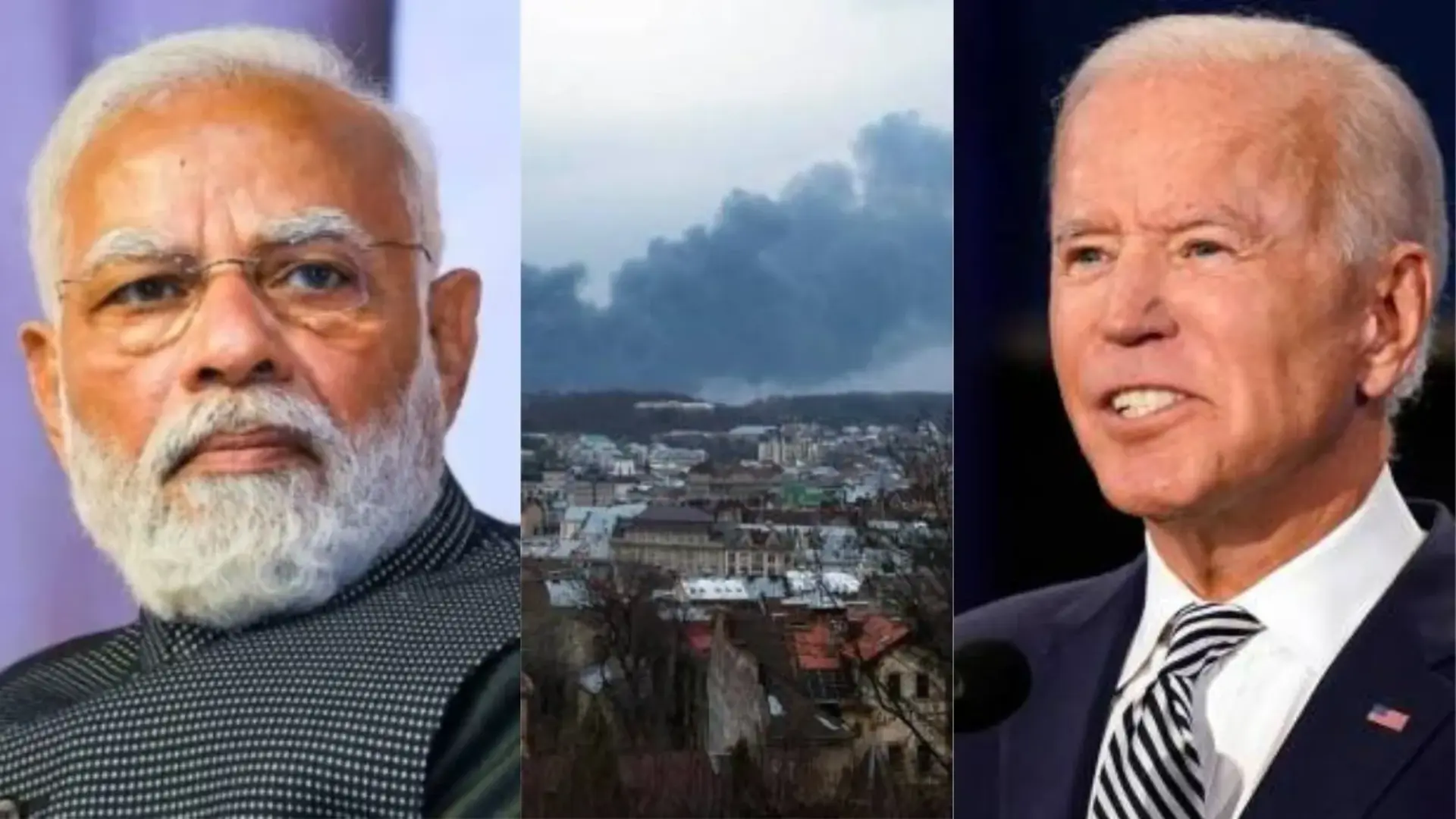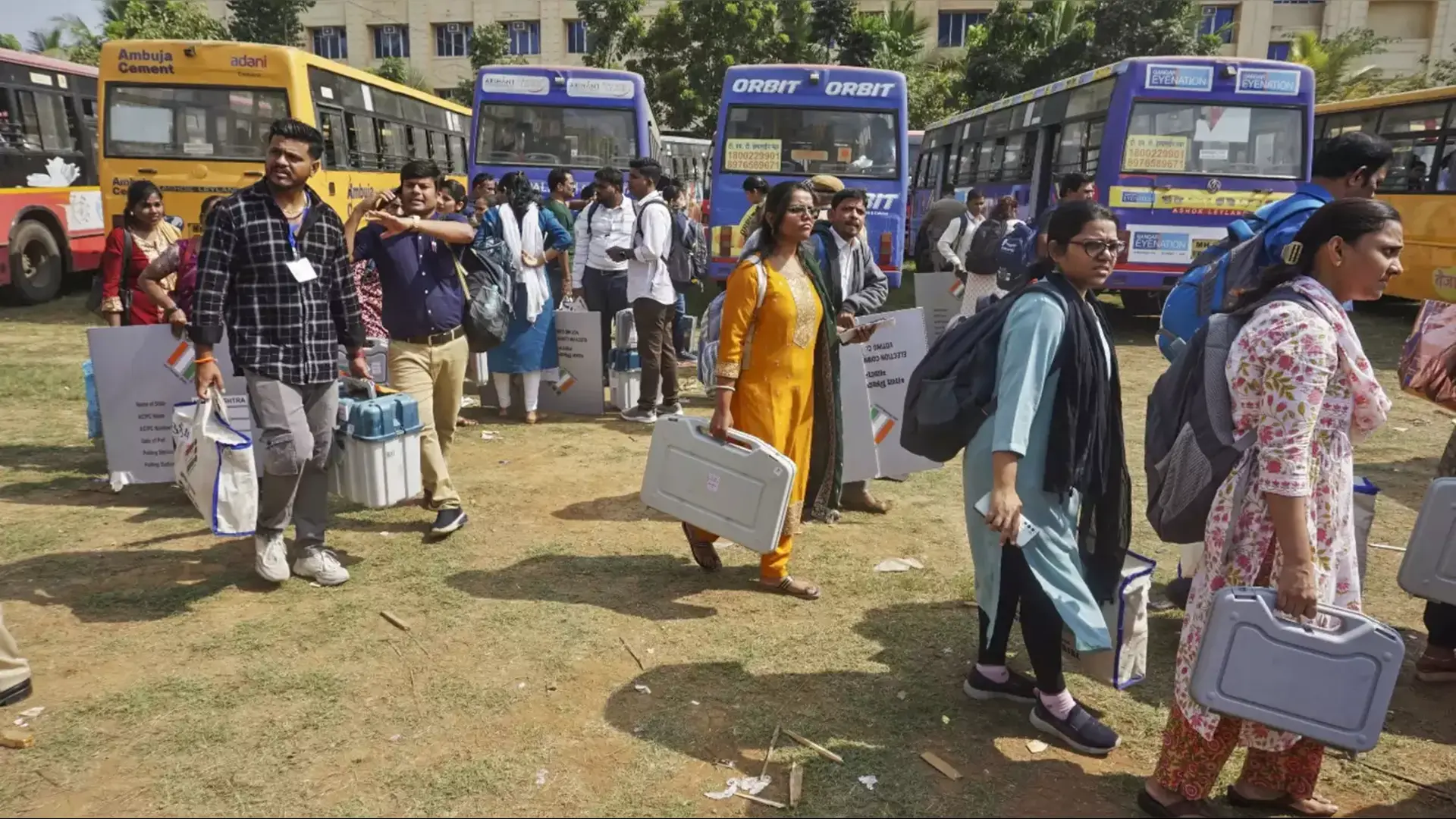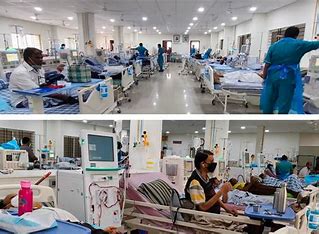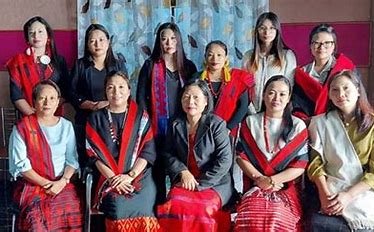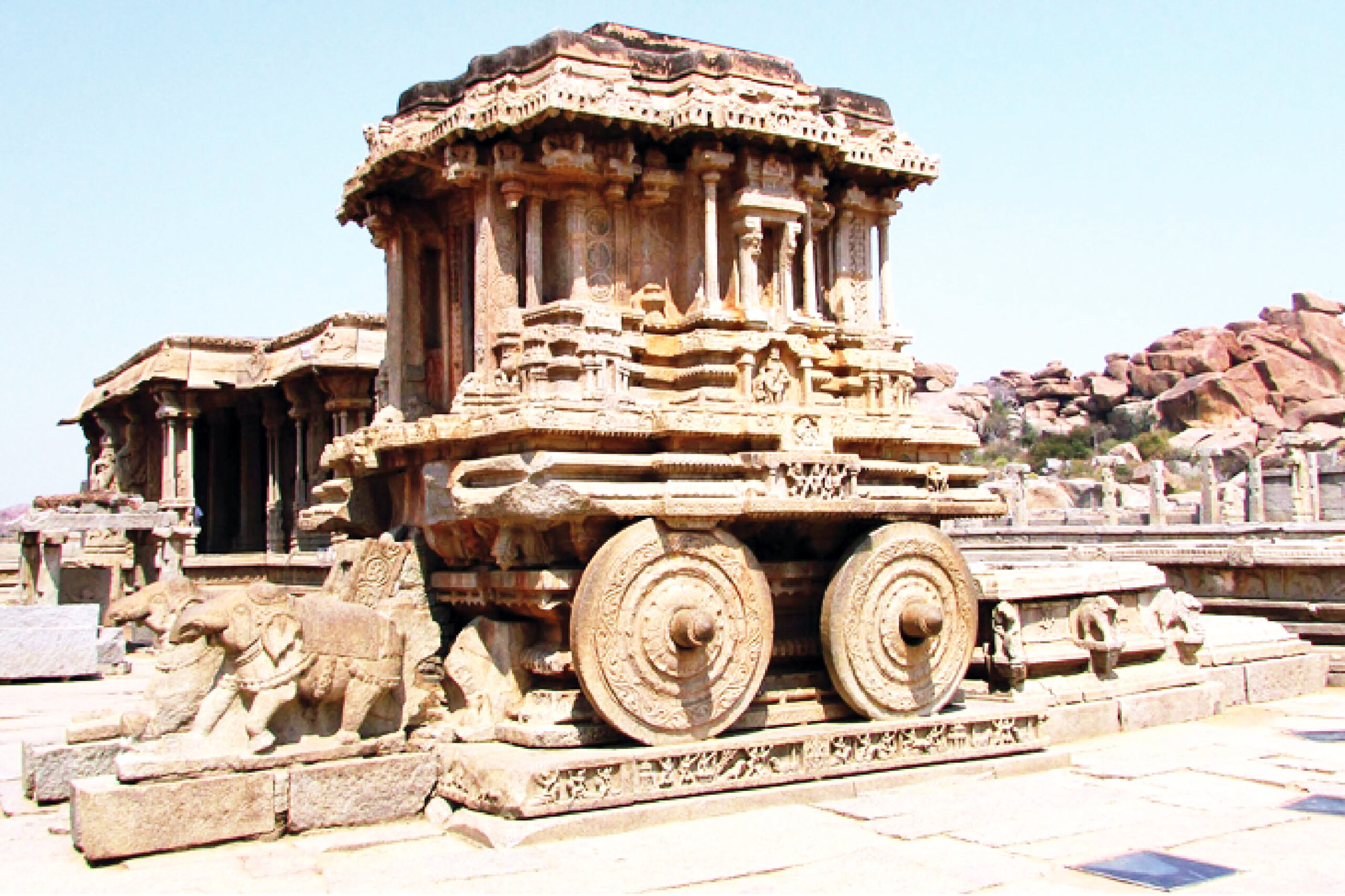
With Manipur entering India’s railway map late last week after a passenger train reached the state for the first time, it symbolised a marked change in the way New Delhi has started looking at the Northeast ever since Prime Minister Narendra Modi came to power in 2014. One can gauge the region’s importance from the fact that during his first term, PM Modi undertook more than 30 visits to the Northeast. And within 100 days of Modi 2.0, no less than 200 Northeast-related projects worth Rs 3,000 crore were announced.


The Northeast is no longer a periphery. But this was not always the case. My sojourn in the Northeast reminded me of the fallacy of our relations with the beautiful people of the region: It seemed by and large transactional in nature. The one paramount feeling was: Just throw money in the region and all would be taken care of! Ironically, the money never trickled down to the masses and would get sucked into the well-oiled machinery created by vested elements that had mushroomed in the region claiming to be the “true representatives” of the people. Delhi never looked so distant and disinterested from Dispur and Dimapur.
It’s no one’s contention that the policy of the Northeast’s ‘splendid isolation’ was initiated with malice. When Prime Minister Jawaharlal Nehru first put in place this policy soon after Independence, he had noble intentions of giving the people of the region space to grow on their own. But it ended up turning the region into a sort of a national park, and its people nothing more than just exotic beings. It has not just kept the people backwards, aloof, and isolated, but also with a passage of time, pushed them away from the national mainstream.
It was ironic to see a westernised, cosmopolitan, and anti-colonialist statesman like Nehru getting persuaded by Dr Verrier Elwin to persist with the colonial policy of isolation in the Northeast. Though his handling of the Northeast has not received the kind of attention and criticism it deserved, this in no way was less disastrous than his endeavours vis-à-vis Kashmir and China. Though it may be difficult to agree with eminent sociologist G.S. Ghurye, who accused Dr Elwin of aiding the Chinese invasion of 1962 by encouraging “his officers to dance with tribal girls who then wormed secrets out of them before passing them on to Mao’ men”, as the root cause of the great debacle, it was Nehru’s refusal to see the Dragon’s jaws dipped in the blood even when it was obvious. India’s first Prime Minister just refused to come out of his smug, self-indulgent worldview where the Army was not required to defend a nation and the military factories were turned into “production lines for hair clips and pressure-cookers”.
Ghurye, however, had a point: Pursuing Dr Elwin’s isolationist policy, Nehru and ilk put the fate of the entire Northeast in jeopardy. It was sheer good luck that this beautiful part of India didn’t go the Tibet way. Journalist Harish Chandola wrote a scathing report after Dr Elwin’s death, saying that the anthropologist “wanted his work to be the law of NEFA. He did not want the NEFA and the Naga people to come closer to the masses of the Indian people”. He continued, “But he is dead now. Who is now obstructing the process of our coming closer to them politically and economically? Is it the administrative progeny of Dr Elwin?” The most scathing response, however, came from Dr Elwin’s one-time friend Durga Bhagwat, who accused him of being responsible for the turmoil in the Northeast. Bhagwat, a Marathi writer, while claiming that the only criterion for choosing Dr Elwin as an all-powerful adviser for the Northeast’s tribal affairs was they both studied at Oxbridge, said: “For Nehru’s love of Oxford, the Adivasis of India paid dearly.” To validate this point, she recalled how during her visit to Assam, she was asked: “Are you from India?”
One needs to look at the utterances of Dr Ram Manohar Lohia, an eminent socialist leader of the 1950s and ’60s who is unfortunately known today more because of a prominent hospital named after him in Delhi, to understand how Nehruvian India mishandled the Northeast. In an interview on 22 July 1959, he said: “Why the Indian government is so stupid may partly be explained by the fact that an ex-padre with very peculiar notions, Dr Elwin, is its advisor on Assam tribal affairs. This ex-padre in conjunction with the Prime Minister has evolved a national park theory for the Assam tribal people, which more or less treats them like the Gir lions and isolates them even more from the outside world.” Lohia continued, “Until October last year, pictures of Shiva and Durga, Gandhiji, and even Nehru were not allowed on the walls of shopkeepers, for this ex-padre thought that might either irritate or corrupt the Urvasiam (Northeast) people.”
A month later, Lohia warned about the consequences of this isolationist policy. “The hill tribes kept in isolation and without contact with the rest of India, except through government servants and contractors, became ripe for foreign plucking. It was precisely such isolation which finished up Tibet…,” he said, adding: “If India does not modernise her frontiersmen and hill tribes, China will soon enough do so in a barbarous way.” Indeed a prescient statement just three years before the disastrous India-China war!
In another interview in December 1959, Lohia said, “When a frontier area is freely open to visitors from all over the country, that helps rather than hinders defence, for the drawbacks of the government and the condition of the people can be favourably adjusted through such popular inspection.”
Nehru, no doubt, was a liberal and a democrat, yet he was not infallible to personal whims and fancies which influenced his decisions. It is believed, as per Ramachandra Guha’s book Savaging the Civilised, that Nehru “did not count the Nagas among his favourite people”. To validate this point, Guha recounts a story of Nehru’s visit to Nagaland with his Burmese counterpart U Nu. It so happened that Nehru reached the public meeting late, by which time the crowd had started dispersing. “His daughter Indira Gandhi, speaking unwittingly into the live microphone, said agitatingly, ‘Papa, wo jaa rahe hain’ (father, they are all going). Nehru replied, gravely, ‘Haan beti, mein dekh raha hoon’ (yes, daughter, I can see them go),” writes Guha. Nehru never visited Nagaland again!
The Northeast was a victim of such Nehruvian idiosyncrasies. A state can’t — and shouldn’t — run that way. Nehru and his ideological followers erred on another count: To see the Northeast as the “other”. To perceive the region, not as an extension of the Indian civilisational journey and ethos. The fact is the region, since the times of the Mahabharata, was never on the sidelines of Indian history — culturally, socially, and even politically — till it started getting detached after a series of cataclysmic Arab, Turk, and Afghan invasions in north India during the medieval times, and finally, the British colonial mischief completely shut the doors of the Northeast on the rest of Indians. (In fact, if anything, as the late ICSSR chairperson and the Northeast expert Dr B.B. Kumar would often say, the region witnessed de-Sanskritisation of culture and not the other way round as eminent sociologist M.N. Srinivas made us believe.) Nehru perpetuated the British policy on the Northeast, inherently believing that the people of the region were “outsiders”. Maybe this explains why the Ministry of External Affairs looked after the affairs of the Northeast soon after Independence!
Today, as the people of the Northeast are finally getting a just and rightful place in India’s development story, through a series of projects — political, infrastructural, as well as geostrategic —the country seems to have largely corrected its course on a policy decision that kept the people of the region utterly isolated and underdeveloped in the name of ‘protecting’ them and their culture. This undoubtedly is one of the most momentous projects of the current dispensation. Sadly, it is the least talked about among the literati and the Twitterati!
